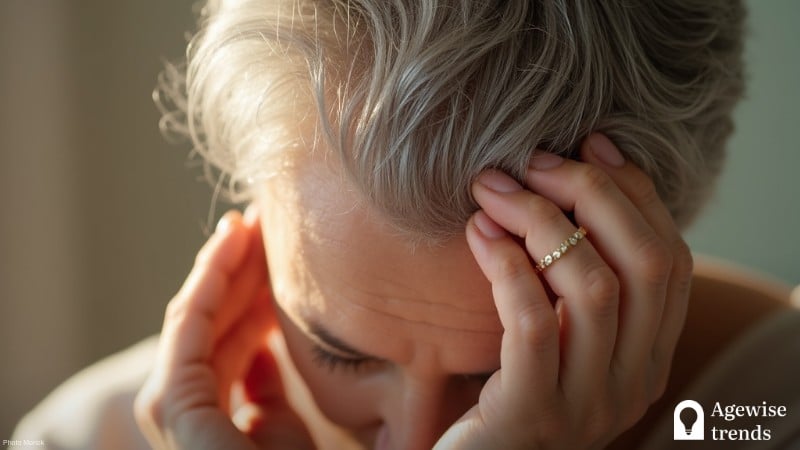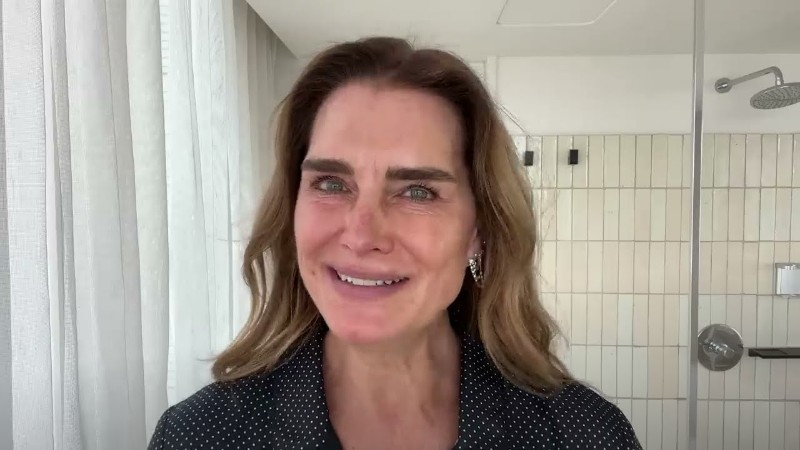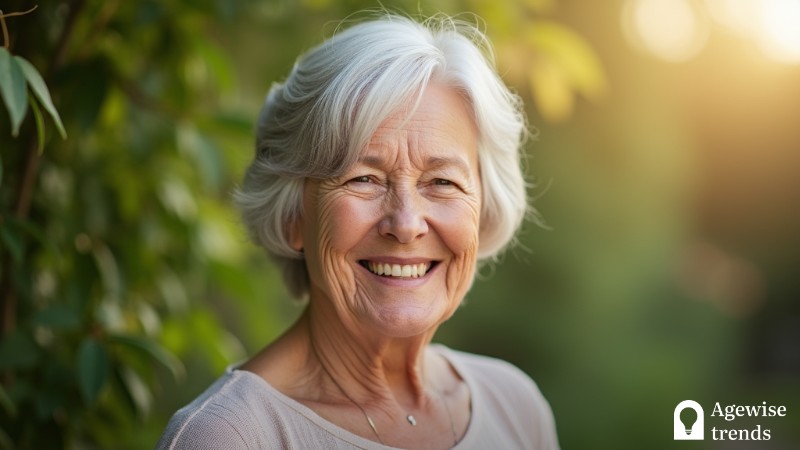Aging brings noticeable changes to the body, from skin elasticity to muscle strength and hair is no exception. Over time, it becomes more prone to damage and thinning, making it challenging to maintain a healthy appearance.
Hormonal shifts, reduced oil production, and weakened follicles contribute to changes in texture, volume, and overall strength. While these changes are a natural part of life, they can impact confidence and make hair care feel more complicated.
Fortunately, several strategies can help seniors manage their hair and keep it looking vibrant.
By understanding how hair transforms over time and making adjustments to daily care routines, it is possible to maintain healthier, stronger, and more resilient hair.
Key Takeaways
The article provides guidance for older adults on managing hair changes due to aging and maintaining confidence through proper hair care.
- Hair changes in older adults include thinning, hair loss, and graying, influenced by hormonal shifts and reduced oil production.
- Strategies to maintain healthy hair include using hydrating and strengthening products, regular trims, and deep conditioning treatments.
- Choosing the right hairstyle, such as shorter cuts or updos, and opting for low-maintenance styles can minimize the appearance of hair loss and reduce stress on fragile strands.
Common hair changes in aging
Hair naturally undergoes various transformations as time passes, influenced by biological factors. These shifts can impact its texture, appearance, and overall health. Here are some of those changes.
Thinning hair
Hair may become thinner, duller, or shed more over time. This is due to shorter anagen (growth) phases and inactive follicles, leading to decreased hair density. Hair diameter also decreases, and reduced sebum production makes hair less shiny and smooth.
Hair loss
Aging causes hormonal fluctuations, often resulting in androgenetic alopecia. While shedding 50-100 hairs daily is normal, overall growth slows with age. Hair loss follows distinct patterns in males (male pattern baldness) and females (female pattern baldness).
Often we can be quite rough when combing or brushing our hair, which can lead to split ends and breakage or even traction alopecia, where repeated pulling causes hair loss, if excessive force is used
Ebuni Ajiduah
Stress, including cortisol, can weaken follicles and accelerate loss, leading to shedding and bald patches.
Graying hair
As melanin production declines with age, hair turns gray or white. Fewer melanocytes produce less melanin, causing color changes.
The hair’s texture may also change, affecting curl, shine, softness, and smoothness, which varies by hair type. Understanding individual hair characteristics helps in choosing suitable care and styling techniques.
Maintaining healthy hair for seniors
Keeping hair healthy demands consistent effort and proper care. With the right strategies, mature individuals can boost the strength and appearance of their hair.
Addressing hair damage
Seniors, like younger individuals, experience hair damage, including split ends, breakage, and dullness.
Trichologist Ebuni Ajiduah explains that excessive brushing or combing is a leading cause of damage, often resulting in traction alopecia. In addition, environmental factors and harsh styling techniques can weaken hair further, making it more vulnerable over time.
To combat these challenges, older adults should establish a consistent routine that includes hydrating and strengthening products to help maintain hair health.
Preventing hair thinning
Thinning hair is a common concern among those in their later years, often attributed to genetics, hormonal changes, and lifestyle factors such as stress and diet.
Recognizing the early signs is crucial. A widening hair parting or a weakening texture can be indicators of thinning hair.
To prevent and treat thinning hair, it’s important to maintain a balanced diet rich in vitamins and omega-3 fatty acids. Products like Minoxidil or scalp drops can also stimulate hair growth and strengthen follicles.
Regular trims and deep conditioning treatments are essential for maintaining hair health.
Choosing the right hairstyle
Choosing a hairstyle that complements hair condition is essential for seniors. For those dealing with thinning locks, shorter cuts or updos can provide a flattering look while minimizing the appearance of hair loss.
Stylists often recommend techniques like root smudging to create the illusion of fuller hair. This method involves applying a slightly lighter shade at the roots, blending it seamlessly into the rest of the hair.
For older adults with dry or damaged hair, selecting styles that require minimal manipulation can help reduce stress on fragile strands. Low-maintenance options, such as buns or braids, help prevent tangling and breakage.
Senior hair care tips
To maintain manageable and healthy hair, the following practical tips can be beneficial:
• Use a heat protectant before styling and avoid tight hairstyles that can cause breakage.
• Utilize a microfiber towel for less frizz, and protect against hair damage by sleeping on a silk or satin pillowcase.
• Regular haircuts are essential to prevent split ends and maintain a neat appearance.
• Besides opting for mild hair care products, one should refrain from overbrushing and over styling their hair.
• Go for for brushes with long, flexible prongs to minimize damage.
Conclusion
Managing damaged and thinning hair is an ongoing process, especially for older individuals. A proactive approach that includes proper hair care, preventative measures, and suitable styling can help maintain vibrant, healthy locks.
Incorporating hydrating products, a balanced diet, and the right hairstyles can significantly improve hair health and appearance, boosting both confidence and overall well-being. Consistency is essential, and gradually adding tips to a routine can build an effective regimen.
Hair care impacts more than appearance—it plays a vital role in self-esteem and health. By committing to consistent care, older adults can maintain resilient hair that reflects inner strength and vitality.














